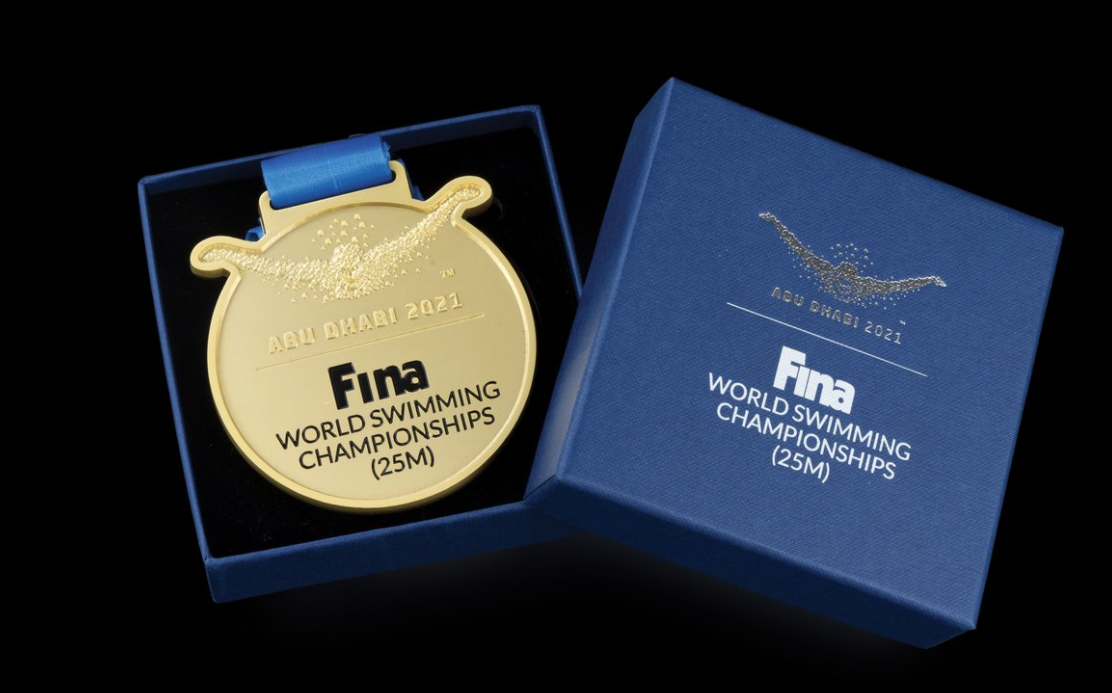Screened alongside exhibits of real bombs, Siobhán Haughey’s Olympic medal and the iconic Si Racha chilli sauce, these love films by Heiward Mak capture love and maritime history in Hong Kong—now and then
Heiward Mak is no stranger to making romance films set in Hong Kong: she won best screenplay at the Hong Kong Film Awards for her 2010 rom-com Love in a Puff; her 2010 film Ex was about the complication of breakups and running into old loves; and Fagara, 2019, was her family drama adapted from the Amy Cheung novel.
This year, branching out from her usual cinema career, the Hong Kong director has taken on an unconventional project: making five short films about love and families of past Hong Kong generations, inspired by stories from as far back as 1945. These films, screened at the Hong Kong Maritime Museum, are inspired by true historical incidents from the city’s post-World War II period to the modern day. They are a part of the museum’s new exhibition, which also showcases naval artefacts, such as an underwater helmet worn by divers who cleared German mines, a defused US bomb from World War II and Si Racha, the famous chilli sauce created by a Vietnamese refugee, and modern exhibits, such as Siobhán Haughey’s medals from last year’s Fina World Swimming Championships and the Tokyo 2020 Summer Olympics.
Don't miss: Get to Know Olympic Medallist Siobhán Haughey in Our Candid Poolside Video Interview










